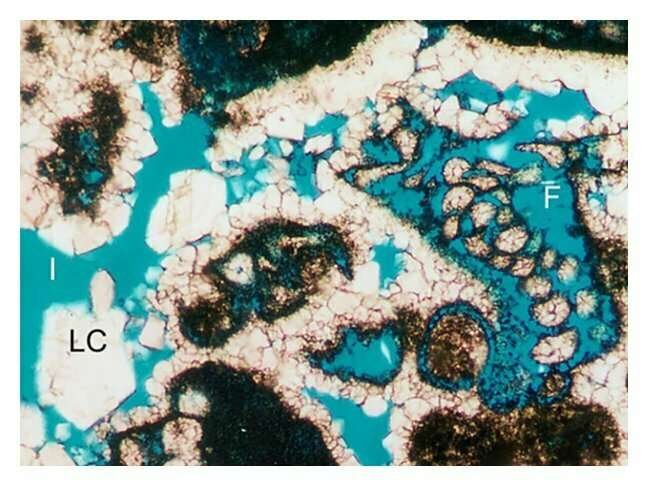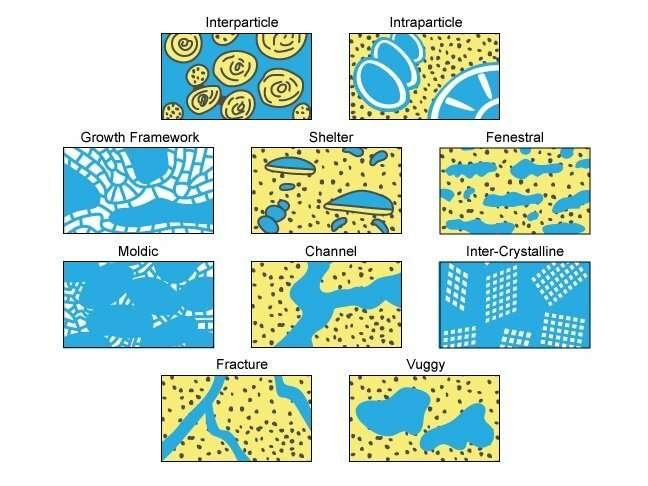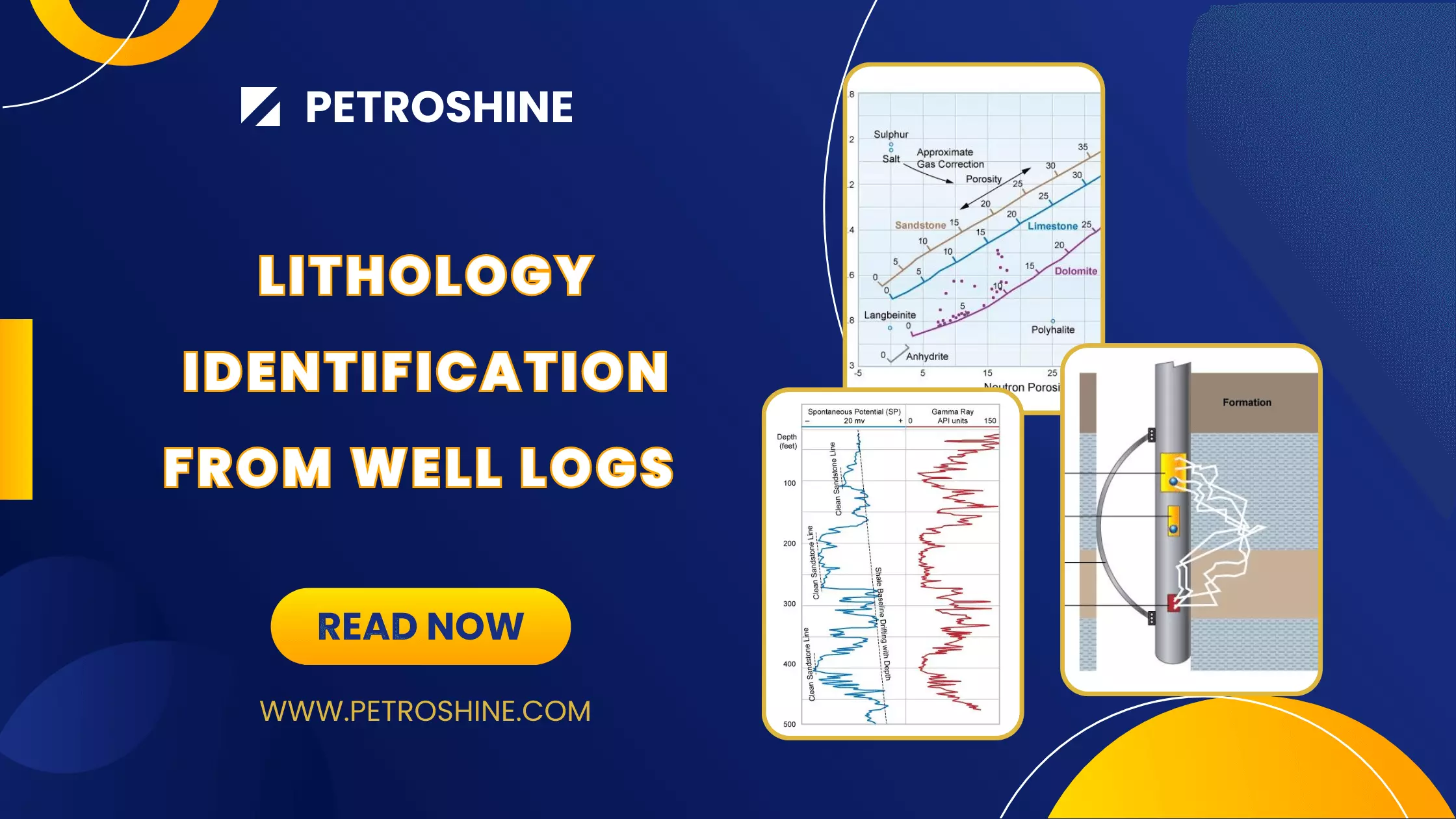Fracturing and Porosity
Fractures are significant to both reservoir capacity and performance, especially its permeability. The data needed to evaluate a fractured reservoir are commonly obtained from the detailed description of reservoir cores (Figure 1), including their associated well logs. Cores and core-calibrated well logs provide the one-dimensional depth and lithological variation in fracturing in one position in the reservoir.

For clastic rocks, porosity falls into the following categories:
- Intergranular
- Intragranular
- Microporosity (difficult to recognize, even with a binocular microscope)
- Fracture
Ideally, thin sections should be made from which determinations of the porosity types and percentages can be accurately made (Figure 2). A thin section is a laboratory preparation of the rock for use with a polarizing petrographic microscope, electron microscope and electron microprobe. A thin sliver of rock is cut from the core sample with a diamond saw and ground optically flat. These will supplement the core logging estimates.

For carbonates, a scheme such as that shown in Figure 3 is often used.

 Petro Shine The Place for Oil and Gas Professionals.
Petro Shine The Place for Oil and Gas Professionals.



